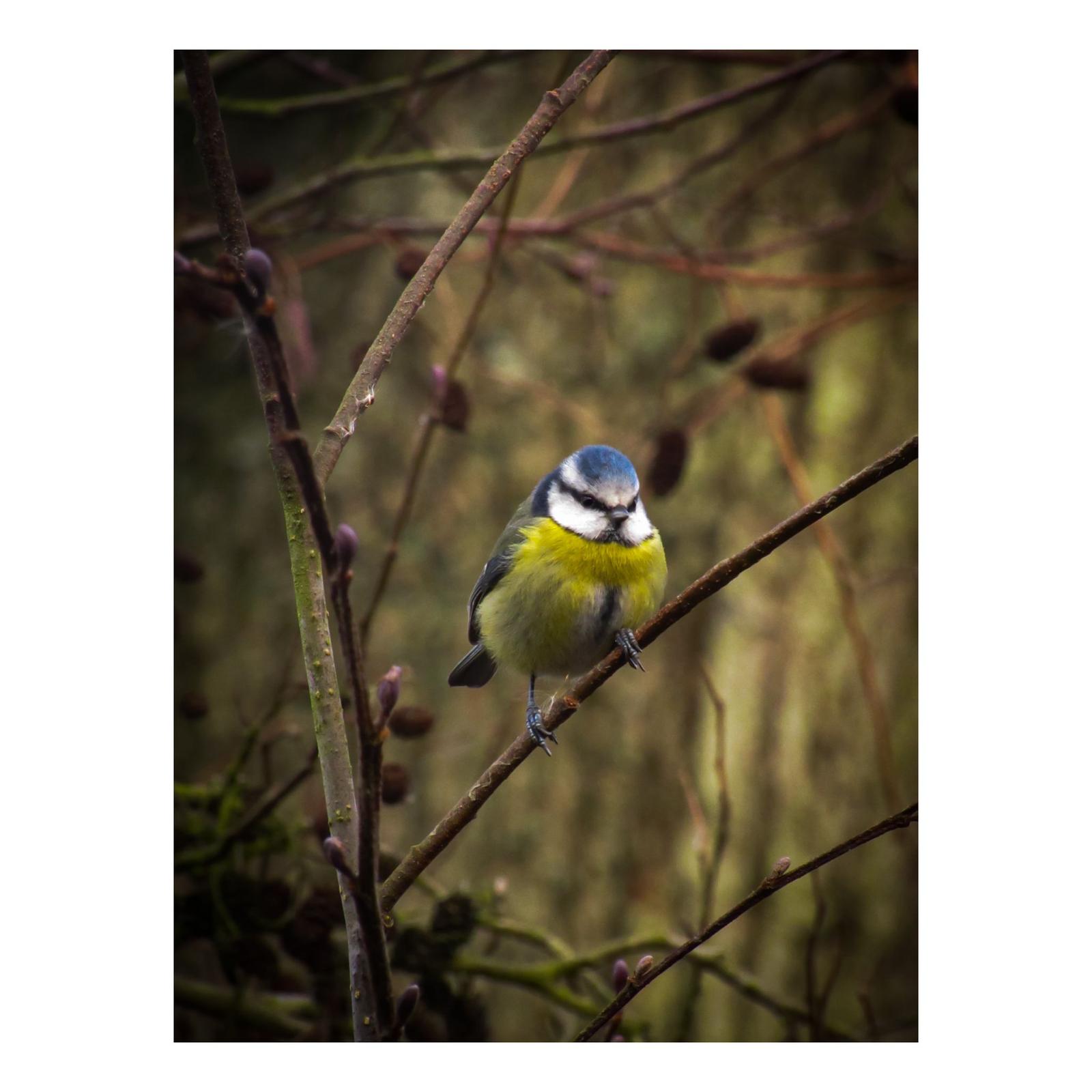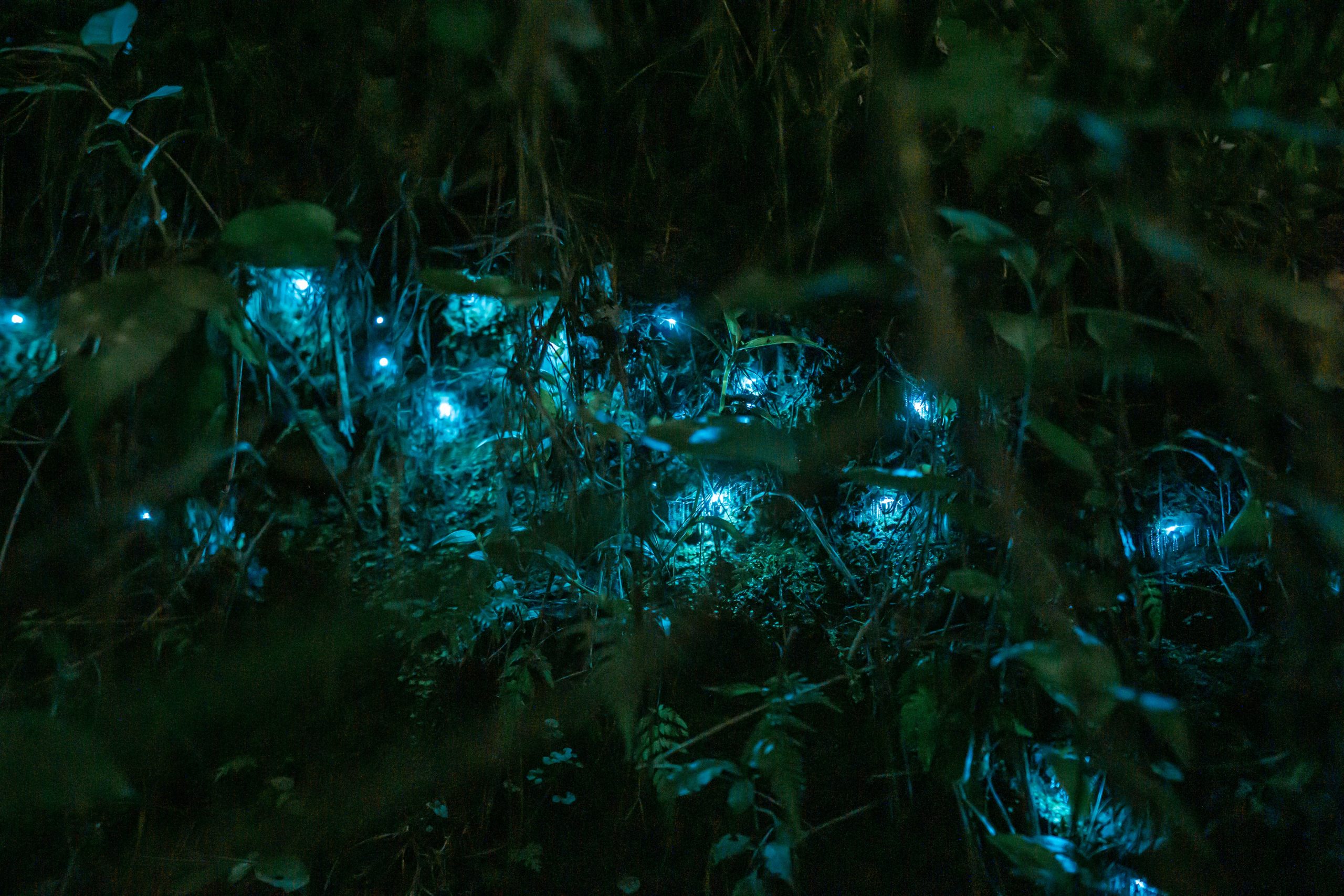Critically endangered Yangtze finless porpoise are showing signs of recovery after being on the brink of extinction. After evidence that they would be going extinct, there seems to be renewed hope that their numbers can increase.
Due to the mining of sand every year, the number of animals on the brink of extinction is increasing. Over 50 billion tonnes of sand are mined each year. Sand is thought to be the second most extracted natural resource in the world. The sand has many purposes such as manufacturing and coastal defence.
The decline of the porpoises is decreasing due to many reasons including overfishing, increased shipping traffic and noise pollution. These porpoises need a bountiful food supply, which is why ensuring their habitats are not overfished is so vital. Overfishing caused the extinction of the Baiji dolphin, with who the porpoises shared the Yangtze River within Asia. Overfishing is the main factor for the under provision of the food supply for the porpoises as well as pollution and ship movements. Rising levels of porpoise starvation began in the early 2000s. In the UK between 1990 and 2002 the number of strandings found to be from starvation rose from 4% to 16%.
According to a paper in 2012, the porpoises had an 86% chance of becoming extinct in the next century due to their slow reproductive rate, about once every 18 months.
On the WWF website, the species’ status is ‘critically endangered.’ Their population is between 1000-1800.
In Dongting lake, research has taken place, using satellite images and acoustic surveys to track their activities. The researchers found that sand mining was dividing up the population, in 2009, the gaps between these species were recorded to be as far as 27 metres apart.
Sand mining was banned in 2017, providing hope for the species in the future. If illegal fishing stops immediately, there could be as many as 300 Yangtze finless porpoise by 2070.
https://www.worldwildlife.org/species/yangtze-finless-porpoise




0 Comments